Ginkakuji Temple, officially called Jisho-ji, is a Zen temple on the eastern side of Kyoto and is part of the Shokokuji branch of Rinzai Zen temples of the area that include: Shokokuji, Kinkakuji, and Ginkakuji Temples. Let’s explore and learn more about what Ginkakuji Temple has to offer!
The History of Ginkakuji Temple
Construction of Ginkakuji Temple began in the early 1460’s by the Shogun Ashikaga Yoshimasa and was originally a villa for the shogun to come and rest. Upon the shogun’s death, the villa was reformed as a Zen temple filled with culture and elegance.
Though the temple itself is not covered in silver as one would imagine, the main buildings at Ginkakuji Temple were once varnished in black lacquer that would take on the reflection of the water. It is said that the reflection of the moon light shining on the buildings is what gave it the nickname of Ginkakuji, though there are no official documents to verify this claim.
Ginkakuji Temple is very popular in the circles of the wabi-sabi way, as the temple was left almost uncompleted to mirror the way it looked when Ashikaga Yoshimasa passed away in 1490. The sand garden and moss garden of the temple are beautifully designed to inspire visitors with metaphors of enlightenment.
Ginkakuji Temple Today
The Silver Pavilion itself is known officially as the Kannon Hall and much like Kinkakuji, the two stories are comprised of different architectural styles. Unlike the Golden Pavilion, however, the inside of the Silver Pavilion is not available to be seen by the public.
Throughout the years, Ginkakuji Temple has seen many renovations as fires and earthquakes that struck Kyoto throughout the years wore down the buildings. The most recent renovations were completed in 2010, however it was decided to not re-finish the black lacquer of the complex to its original state.
The Beautiful Ginkakuji Garden
Along with the stunning architectural work at Ginkakuji, you can marvel at the sights of the garden that you can find on the premises. Rumored to have been designed by the great landscape artist Soami, the sand garden at Ginkakuji has garnered quite a bit of popularity throughout the years.
In particular, attention is given to the sand garden where you can see a stacked pile of sand that is said to resemble Mt. Fuji. To the side of that, you can see another section of the sand garden that is detailed with specific patterns that dance in the sunlight.
Matched together with the pond and the intricately placed stones and trees, the full view of the sand and green garden gives a beautiful and relaxing view for all visitors to Ginkakuji.
Also, as Ginkakuji is nestled along the hillside, you can sometimes catch glimpses of deer as they go about their day. If you get the chance, we recommend visiting Ginkakuji during the Autumn or Winter season, where the autumnal leaves really bring a colorful atmosphere and in winter when the grounds are blanketed by a soft layer of snow.
Ginkakuji Hours and Access
Ginkakuji can be visited all throughout the year as it does not have any special days off and is open 7 days a week. The opening hours of Ginkakuji do change depending on the winter season or summer season.
The Summer season hours for Ginkakuji consists of the dates of December 1st until late-March. During this season the opening hours to Ginkakuji are from 8:30 am to 5:00 pm.
The Winter season hours for Ginkakuji consists of the dates of December 1st until late-March. During this time, the opening hours to Ginkakuji are from 9:00 am until 4:30 pm.
Entrance fees to Ginkakuji are 500 yen for adults and High School Students and 300 yen for Elementary and Junior High School students.
Spot information
- Spot name: Ginkakuji Temple
- Street address: 2 Ginkakujicho, Sakyo-ku, Kyoto, Kyoto 606-8402
- Access: Take the Karasuma Line to Imadegawa Station, walk to the Karasumaimadegawa Bus Stop and take the #203 Bus to Ginkakuji-Michi bus stop, then walk 9 minutes east to Ginkakuji
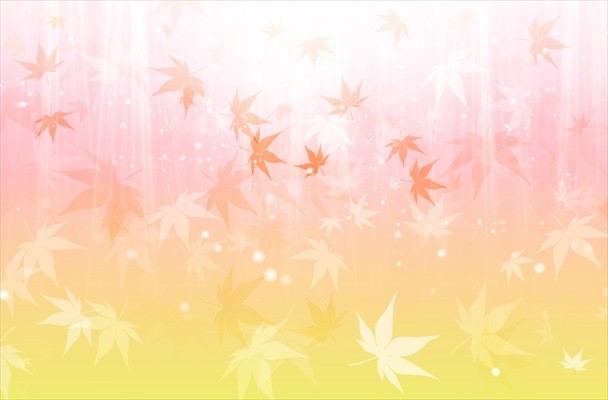
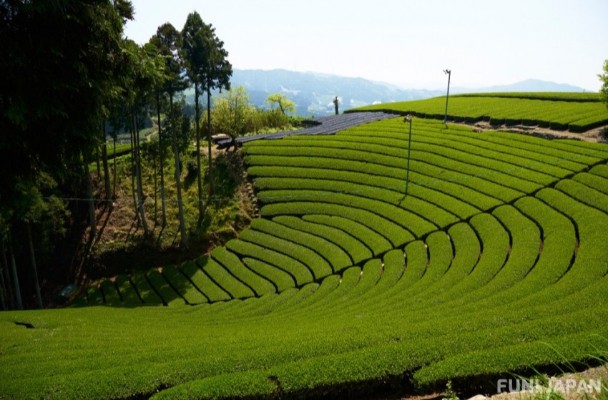
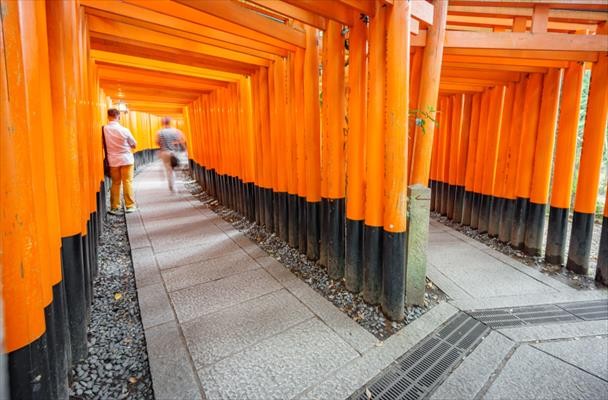
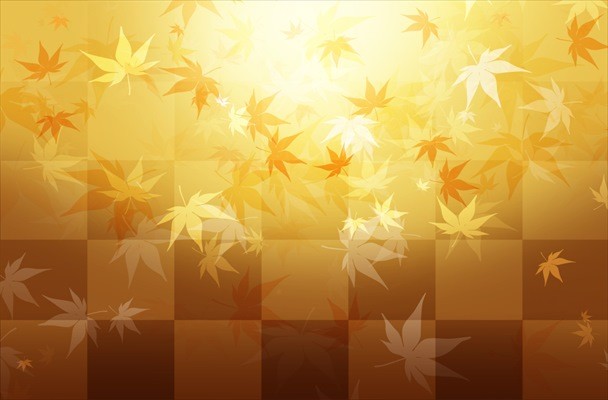
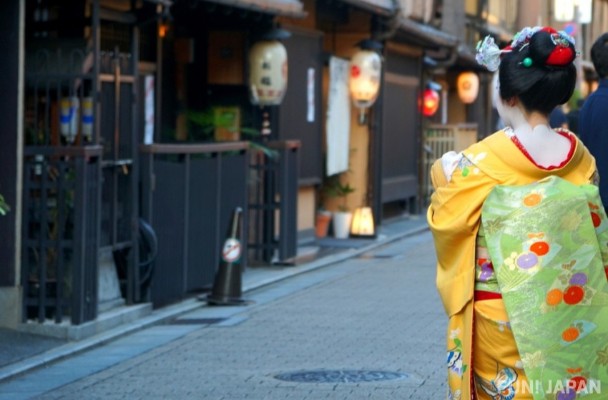
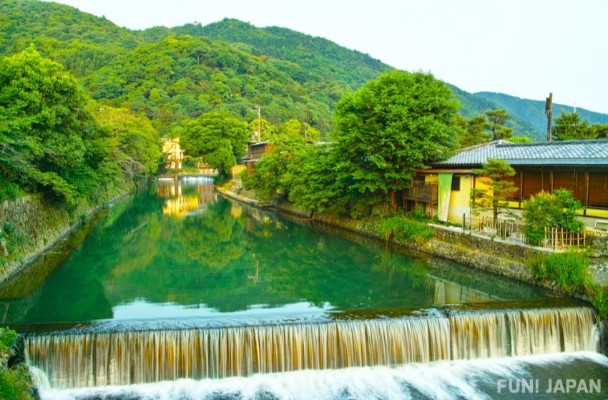
Comments